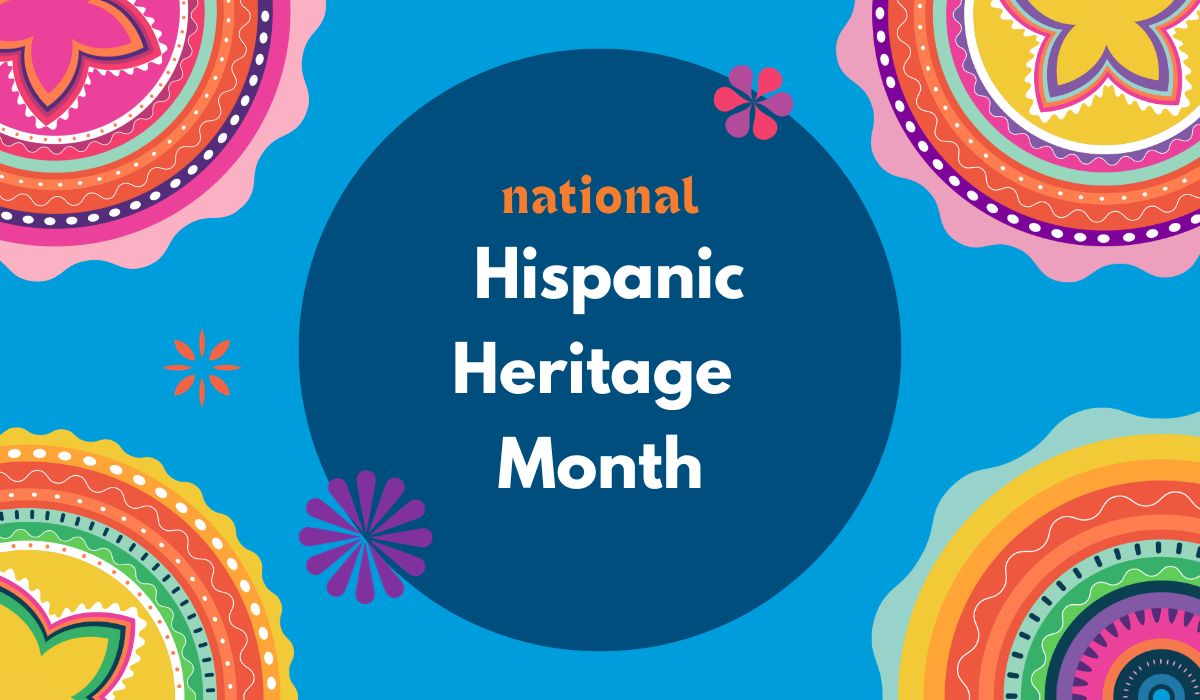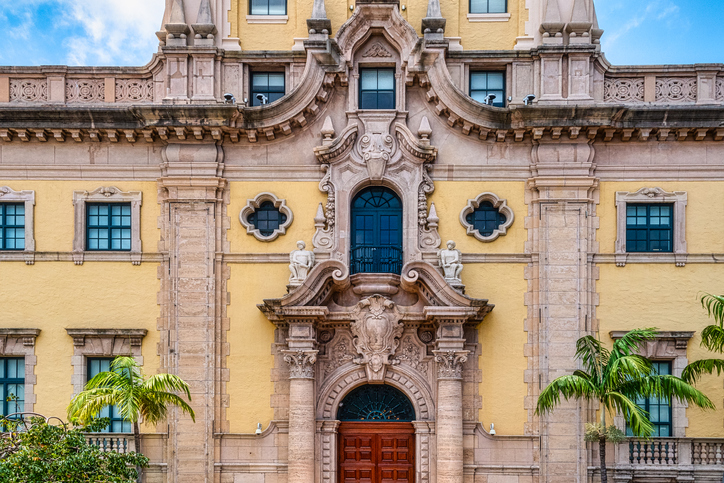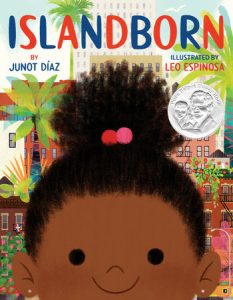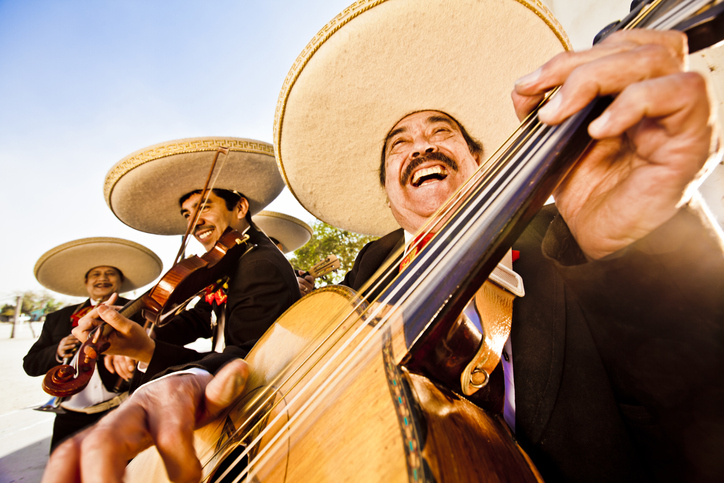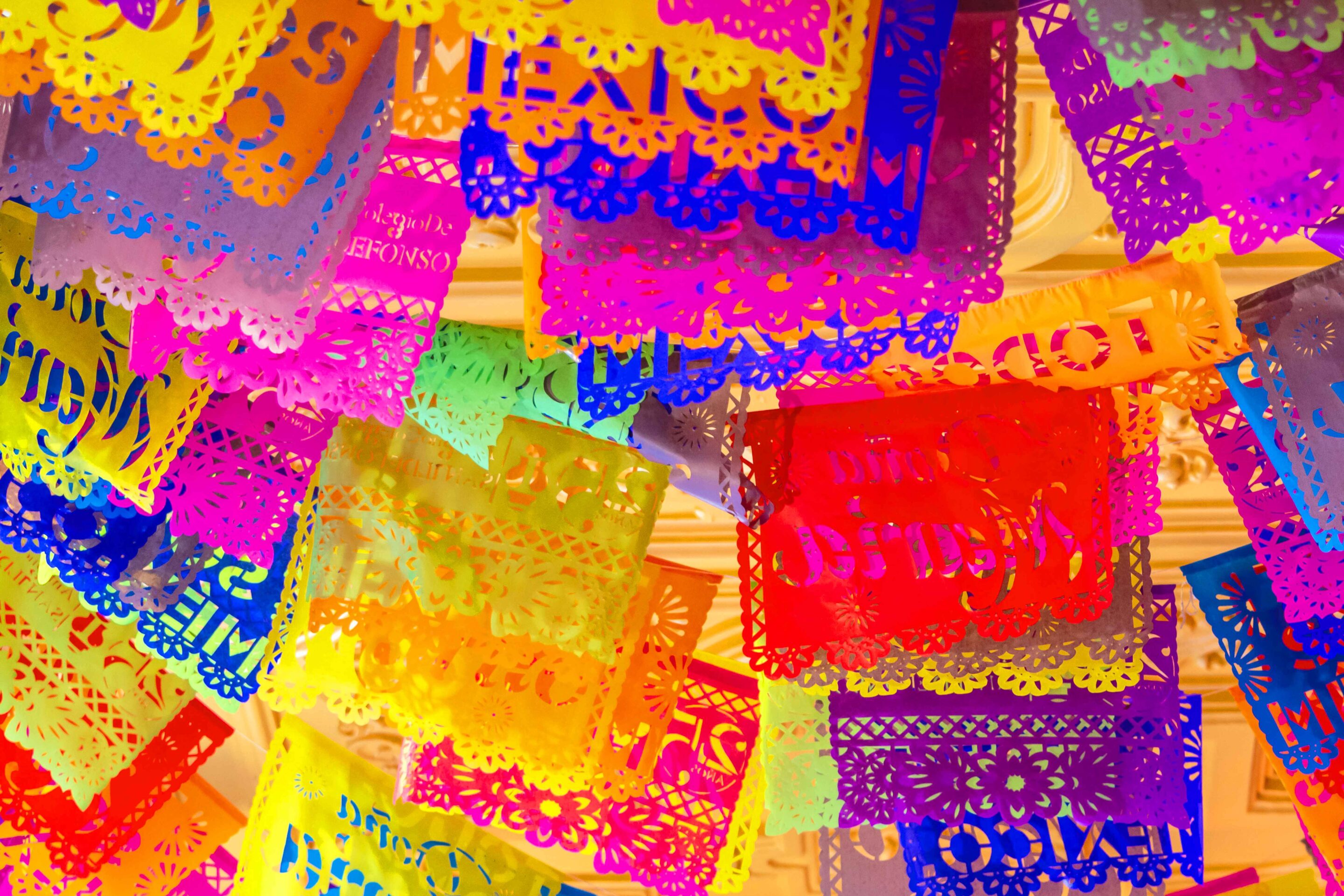12 Hispanic Heritage Month Activities for Elementary Students
It is time to celebrate National Hispanic Heritage Month!
What is Hispanic Heritage Month?
National Hispanic Heritage Month is when we celebrate the culture and contributions of Hispanic Americans. It began Sept. 17, 1968 when Congress passed a law proclaiming the week of September 15 and 16 as Hispanic Heritage Week. In 1988, President Ronald Reagan extended it to Hispanic Heritage Month, according to History.com.
On Sept. 14, 1989, President George H.W. Bush was the first president to declare September 15 to October 15 as National Hispanic Heritage Month.
Every US president since Lyndon Johnson has made a National Hispanic Heritage Month proclamation. President Bush said in his 1989 proclamation:
“Hispanic Americans have enriched our nation beyond measure with the quiet strength of closely knit families and proud communities.”
What Does Hispanic Mean?
Hispanic generally means Spanish-speaking, and refers to people, countries, or cultures connected to Spain, including:
Argentina · Bolivia · Chile · Colombia · Costa Rica · Cuba · Dominican Republic · Ecuador · El Salvador · Equatorial · Guinea · Guatemala · Honduras · Mexico · Nicaragua · Panama · Paraguay · Peru · Puerto Rico · Spain · Uruguay · Venezuela
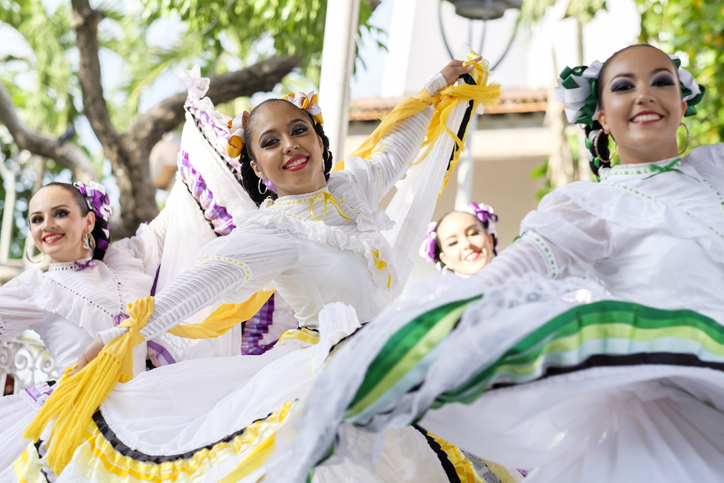
When is Hispanic Heritage Month?
While other national recognitions run from the first to the last day of a calendar month, Hispanic Heritage month runs every year from September 15 to October 15. In 1968, President Lyndon Johnson chose September 15 as the kickoff day for Hispanic Heritage Week because five Central American countries (Costa Rica, El Salvador, Guatemala, Honduras, and Nicaragua) declared their independence on Sep. 15, 1821.
Other Latin American countries also celebrate their independence during Hispanic Heritage Month, such as Mexico on September 16, and Chile on September 18.
Why We Celebrate Hispanic Heritage Month
Edna Cruz explained in a blog for Studies Weekly how extremely important it is for Hispanic students to see themselves represented in class. Hispanic heritage is embedded in American history, and it is up to educators to teach and give voice to all perspectives.
Hispanic students make up about a quarter of the elementary school enrollment, according to the United States Census Bureau. When you celebrate their heritage in class, you create a welcoming environment for them and help all your students appreciate the incredible variety of cultures that make our nation so great.
Here are ways you can celebrate Hispanic Heritage Month with your elementary students:
Learn About a Spanish-Speaking Country
Learning about other countries is almost as fun as visiting them. Almost.
Take your class on an adventure by discovering interesting facts about a Spanish-speaking country. Choose one for the whole class to learn about, or put students into groups and assign a different country to each one. Then, have students do an activity that teaches them something about that country.
Younger elementary students can draw pictures of the country’s flag, while older ones can create a map with major cities and landmarks.
Students can do an internet scavenger hunt where they find important facts about the country, such as the capital city, population, type of government, and main industries.
Your kiddos can also use the web to plan what they would do if they visited the country. You can ask them to research what sites they’d visit, how they’d get around, where they could stay. . To exercise their math skills, they could even calculate what the trip would cost.
Go on a Field Trip
Whether virtual or in-person, field trips make what you’re learning about feel “real.”
Plan a field trip to a local art gallery or museum that ties into Hispanic culture. If that isn’t an option, the National Museum of the American Latino offers a virtual tour on their website. You can also virtually tour Casa Azul, the home of Hispanic painter Frida Kahlo.
Use Google Earth to explore historical sites such as Machu Picchu in Peru, San Juan National Historic Site in Puerto Rico, Salinas Pueblo Missions National Monument in New Mexico, and Freedom Tower in Miami, Florida.
Spotlight Famous Hispanic Americans
So many people of Hispanic descent are great examples of determination and resilience that your students can look to for inspiration.
Have each student pick someone to do a research project on, then demonstrate what they learned in a creative way, such as making a poster, creating an infographic, or writing a song.
Read Children’s Books
Expand your class library by adding children’s books about Hispanic people and cultures. Ask students to choose which of these books they’d like to read.
Children’s Books Featuring Hispanic Americans:

My Papi Has a Motorcycle
By Isabel Quintero
Illustrated by Zeke Peña
2020 Pura Belpré Award Illustrator Honor
Daisy’s father takes her on an exciting motorcycle ride to see important places in her busy Latino neighborhood.
Islandborn
By Junot Díaz
Illustrated by Leo Espinosa
2020 Pura Belpré Award Illustration Honor
As Lola discovers her own past, she learns “about the magic of memory and the infinite power of the imagination.”
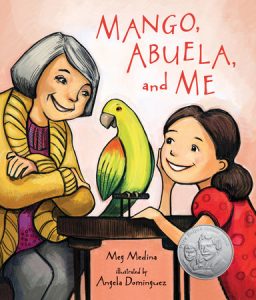 Mango, Abuela, and Me
Mango, Abuela, and Me
By Meg Medina
A 2016 Pura Belpré Author and Illustrator Awards Honor Book
Mia’s abuela moves in with the family, but doesn’t speak English. And Mia doesn’t speak Spanish. So Mia comes up with a plan.
 Alma and How She Got Her Name
Alma and How She Got Her Name
By Juana Martinez-Neal
2019 Caldecott Honor Book
Alma Sofia Esperanza José Pura Candela feels she has way too many names, so she turns to her father for answers.
You can also read a picture book in Spanish to the class and have students use the images to guess what the words mean.
Bring in a Guest Speaker
Tie Hispanic culture to your community by having a local guest speak to your class. It can be someone in your school district, a local politician, business owner, or just someone you know who can teach your students about Hispanic culture. They can share family traditions, stories about their ancestors, or ways they try to improve life for Hispanic Americans in your area.
Ask your guest to leave time at the end of their presentation for students to ask questions. Students can use what they learn as part of a project or report.
Listen to Spanish Music
One way Hispanic Americans have enriched our nation’s culture is through music. Whether it is a mariachi song or salsa rhythm, Latin music has a unique vibe your students will quickly recognize.
You can teach your class a Spanish song with movements and pictures to help them remember the words.
Have them listen to music from different Latin American countries and describe the differences. Turn it into a game by having them guess which instruments the musicians are playing.
Learn a Folk Dance
Along with Latin music comes fun dances your students can learn together. This activity will get your students up and moving and engage their whole body in the learning process.
Teach them dances like:
- Los Caporales
- Salsa
- Cha Cha
- Fandango
- Cueca
- Pasillo
- Mexican Hat Dance
- Merengue
Play a Hispanic Game
It’s game time! Introduce your students to a traditional Hispanic game to show them how different cultures have fun. You can choose one of the following games:
Lotería
Your students will enjoy this Latin American equivalent of BINGO. Instead of calling out numbers, you’ll hold up a picture. If students have that picture on their card, they put a dry bean on it. The first student to have a bean on each picture wins.
Mar y Tierra
This super simple game will help your students learn to concentrate and think fast.
Use tape or another tool to draw a line in the middle of the floor and have students stand next to it. Tell students which side of the line is mar (sea) and which is tierra (land). Pick one student to lead the game by calling out “Mar!” or “Tierra!” The rest of the students have to jump to the correct side of the line. Anyone who jumps to the wrong side is out.
Start off slow then speed up to make it more challenging. Continue to play until one or two students are left.
A Pares y Nones (Evens and Odds)
Throw in some math with this fun numbers game.
Have students march in a circle, holding hands. You can play Latin music as they march or sing a Spanish song.
The leader calls out a number (in Spanish of course). Students have to quickly form groups with that number of people.
Pato, Pato, ¡Ganso!
This game is exactly like Duck, Duck, Goose! only you say pato and ganso and the students run in opposite directions to get the empty space in the circle. The first student to sit in the circle wins and the other starts the game again.
Learn a New Craft (Literally)
For a fun, hands-on cultural experience, give your students a craft project to do. Here are a few activities to try:
Papel Picado
In Hispanic culture, people decorate the streets with papel picado for special occasions and holidays, such as Día de Muertos.
Your students will enjoy cutting silky pieces of paper into different patterns and hanging them up.
Luminarias
In Latin America, people make paper lanterns called luminarias as part of their celebrations around Christmastime. Hispanic Americans sometimes use them for other holidays like Halloween.
You’ll need paper bags, sand, stencils, hole punchers, markers or pencils, tea candles (real or battery powered ones), and long-reach lighter or matches.
Muñecas Quitapenas
Do your students worry about school, their family, or friends? Muñecas quitapenas can help cheer them up!
In the Guatemalan tradition, children tell their fears to muñecas quitapenas, or worry dolls, then place them under their pillow before going to bed. The dolls carry their worries for them so the children can sleep peacefully through the night.
Learn About Hispanic Foods
One of the quickest ways to appreciate another culture is through, you guessed it, your stomach.
Introduce your students to Hispanic cuisine by bringing a treat to class. There are so many yummy desserts your students would enjoy, such as flan, tres leches cake, and rice pudding. You can also go the savory route with chicharrónes, donitas, or tequeños.
If food isn’t an option, have students learn a new recipe. They can write down a list of what they would need and instructions on how to prepare the food, then take the recipe home to share with their family.
Watch a Movie or Show in Spanish
Pop some popcorn and get cozy while watching a movie with your students. They may enjoy hearing the characters talk in a foreign language.
Don’t have time for a whole movie? PBS has a variety of children’s shows in Spanish.
Disney also has movies and shows that represent Hispanic culture such as Coco, Encanto, or Elena of Avalor.
¿Habla Español?
And finally, what better way to appreciate a culture than to learn its language?
Younger students can learn how to say colors, animals, foods, and numbers in español. You can use flashcards, teach them a song, or do a movement for each word to help them remember it.
Older students can learn how to describe themselves and their family members verbally and in writing. You can also teach them the names of common Hispanic foods so they can practice at a local restaurant.
Conclusion
These are just some of the many Hispanic Heritage Month activities you can do to celebrate. Whether you learn about a Latin American country or dance to Spanish music, your students will gain a greater appreciation for how Hispanic Americans have enriched our nation’s culture.
See how Studies Weekly Social Studies teaches history from different cultural perspectives.
